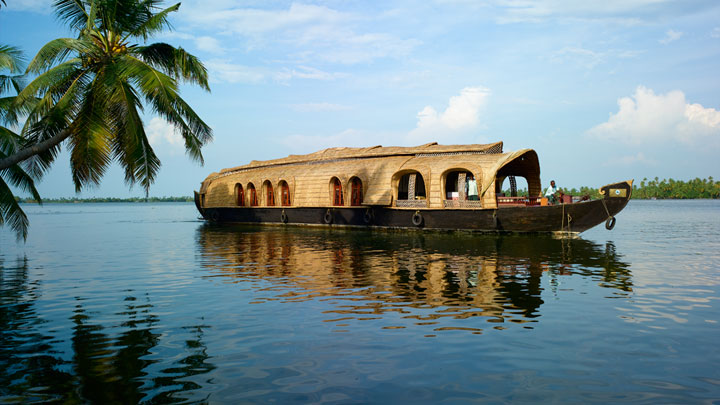Kumarakom is a pristine backwater destination nestled in the southern Indian state of Kerala. Renowned for its serene backwaters, lush landscapes, and exotic birdlife, Kumarakom offers travelers a tranquil escape into the heart of Kerala’s natural beauty. In this article, we will explore the charm of Kumarakom, its location, attractions, and why it is a must-visit destination for those seeking a peaceful retreat amidst nature.
Location and Geography
Kumarakom is situated on the banks of Vembanad Lake, the largest lake in Kerala. It is located in the Kottayam district, approximately 16 kilometers west of Kottayam town. The region comprises a cluster of islands, lagoons, canals, and backwaters, collectively referred to as Kumarakom Backwaters. These backwaters are renowned for their unique geography, comprising a mix of freshwater from rivers and the saline waters of the Arabian Sea.
Attractions and Activities
Houseboat Cruises: Houseboat tours are the hallmark of Kumarakom’s backwater experience. Traditional Kettuvallams, converted into comfortable houseboats, offer travelers a chance to explore the serene waterways while enjoying modern amenities. Cruises take you through the enchanting labyrinth of canals and offer glimpses of lush paddy fields, coconut groves, and charming villages.
Vembanad Lake: Vembanad Lake is the crown jewel of Kumarakom. The sprawling lake is a haven for birdwatchers and nature enthusiasts. It is home to various avian species, including migratory birds that arrive during the winter months. A leisurely boat ride on the lake allows you to witness the serene beauty of Kumarakom.
Bird Sanctuary: Kumarakom Bird Sanctuary, also known as the Vembanad Bird Sanctuary, is a prominent attraction. Spread across 14 acres, this protected area is home to a diverse range of bird species, including egrets, herons, kingfishers, and even the elusive Siberian crane during its migratory season. Early morning and late afternoon are the best times for birdwatching.
Kumarakom Village Life: Explore the vibrant village life along the backwaters. Witness the traditional way of life as villagers go about their daily activities like fishing, farming, and coir-making. The friendly locals and their warm hospitality add to the charm of Kumarakom.
Ayurvedic Spa and Wellness: Many resorts in Kumarakom offer Ayurvedic treatments and wellness programs. You can indulge in rejuvenating massages, yoga sessions, and other holistic therapies amidst the serene surroundings.
Kumarakom Backwater Trails: These guided trails provide insight into the rich biodiversity and culture of Kumarakom. They include activities like canoeing, fishing, and visits to local homes, offering a more intimate experience.
Best Time to Visit
The best time to visit Kumarakom is during the winter months, from October to March. This period offers pleasant weather and is ideal for outdoor activities and houseboat cruises. The monsoon season (June to September) can bring heavy rains and is not recommended for travel.
Visiting Tips
Book Houseboats in Advance: If you plan to stay on a houseboat, it’s advisable to make reservations in advance, especially during the peak tourist season, to secure your preferred accommodations.
Local Cuisine: Relish the local Kerala cuisine, especially fresh seafood and coconut-based dishes, at the numerous restaurants and eateries in Kumarakom.
Respect the Environment: To preserve the pristine beauty of Kumarakom, dispose of waste responsibly and avoid disturbing the local flora and fauna.
Conclusion
Kumarakom offers a serene and immersive experience amidst the natural beauty of Kerala’s backwaters. The tranquil waters, lush landscapes, and vibrant birdlife make this destination an essential stop for travelers exploring “God’s Own Country.” Whether you’re cruising on a houseboat, exploring the bird sanctuary, or simply enjoying the tranquility of the waterways, Kumarakom promises an unforgettable journey through the heart of Kerala’s backwater paradise.

